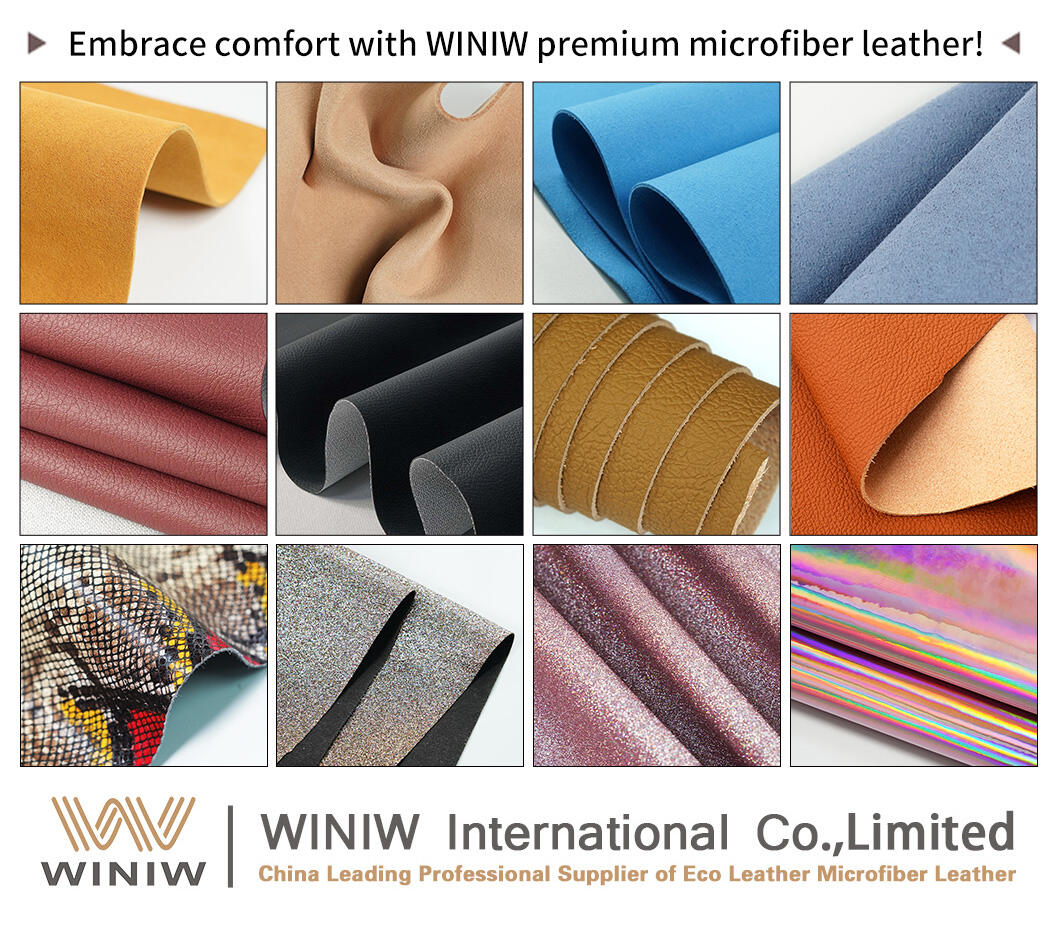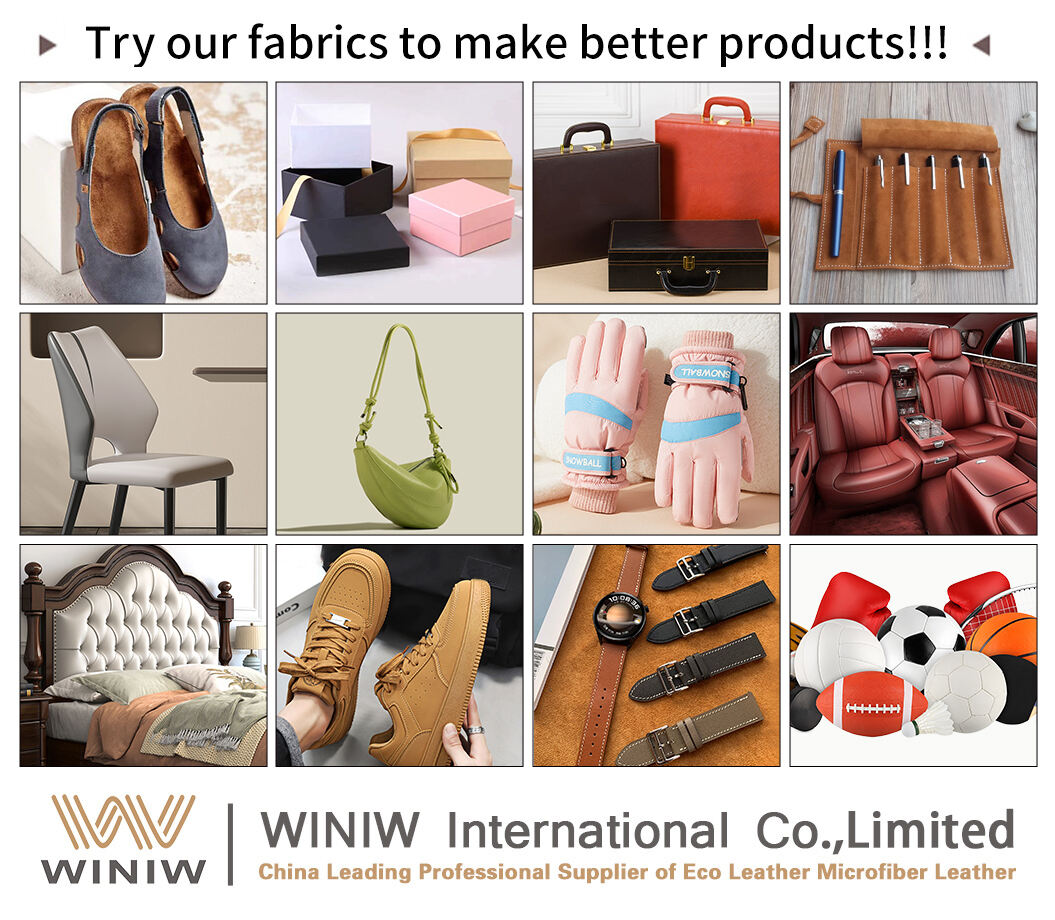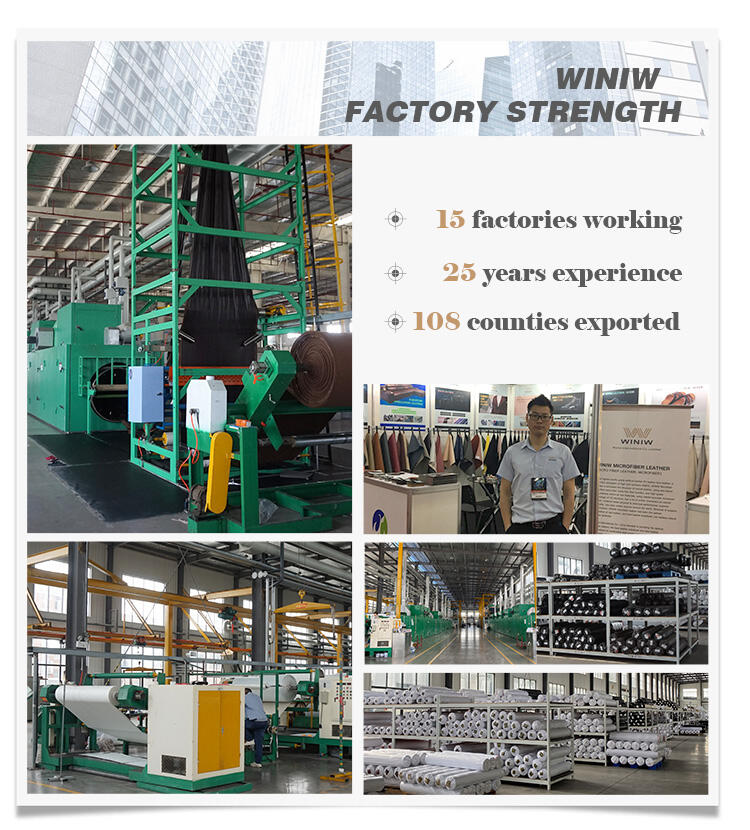In the world of fashion and interior design, materials play a crucial role in shaping our aesthetic choices and practical needs. Polyurethane (PU) leather, often seen as a cost-effective alternative to genuine leather, has gained popularity due to its affordable price and versatility. However, like any material, it comes with its own set of disadvantages. Today, we'll delve into the drawbacks of PU leather to help you make more informed decisions when selecting materials for your next project or purchase.
Durability Concerns
One of the primary concerns with PU leather is its durability. While it may look and feel similar to genuine leather, it often lacks the robustness and longevity of the real thing. Over time, PU leather can show signs of wear and tear, such as cracking, peeling, and fading. This is particularly true in high-traffic areas or when exposed to extreme temperatures and direct sunlight.

Environmental Impact
Environmental sustainability is a growing concern in today's world, and PU leather falls short in this area. The production of PU leather often involves the use of harmful chemicals, which can have negative impacts on both the environment and human health. Additionally, the disposal of PU leather products can contribute to landfill waste, as they are not easily biodegradable.
Limited Breathability
Genuine leather is known for its breathability, allowing air to circulate and keeping the wearer comfortable. PU leather, on the other hand, tends to trap heat and moisture, making it less suitable for clothing items like jackets, pants, or even upholstery in warm climates. This can lead to discomfort and even the development of sweat and odors over time.
Allergic Reactions
Some individuals may experience allergic reactions to PU leather. The chemicals used in its production can irritate the skin, causing rashes, redness, or itching. This is particularly problematic for those with sensitive skin or allergies to certain materials.

Lack of Authenticity
For those who value authenticity and the natural beauty of genuine leather, PU leather may not be the best choice. While it can be made to look and feel like real leather, the artificial nature of the material can be off-putting to some. Genuine leather offers a unique patina and texture that develops over time, adding to its charm and value.
Ethical Considerations
The production of genuine leather often raises ethical concerns regarding animal welfare. While this is a valid point, it's worth noting that the production of PU leather, while not involving animals, may still have its own ethical issues. The use of harmful chemicals and the environmental impact of production can raise questions about the overall sustainability and morality of the material.
Conclusion
While PU leather offers a cost-effective and versatile alternative to genuine leather, it comes with its own set of disadvantages. From durability concerns to environmental and ethical issues, it's important to weigh the pros and cons carefully before making a decision. Whether you're looking for a new handbag, a comfortable chair, or any other item that uses leather, consider the long-term impact of your choice on both yourself and the environment. By doing so, you can make more informed and responsible decisions that align with your values and needs.


 EN
EN








































